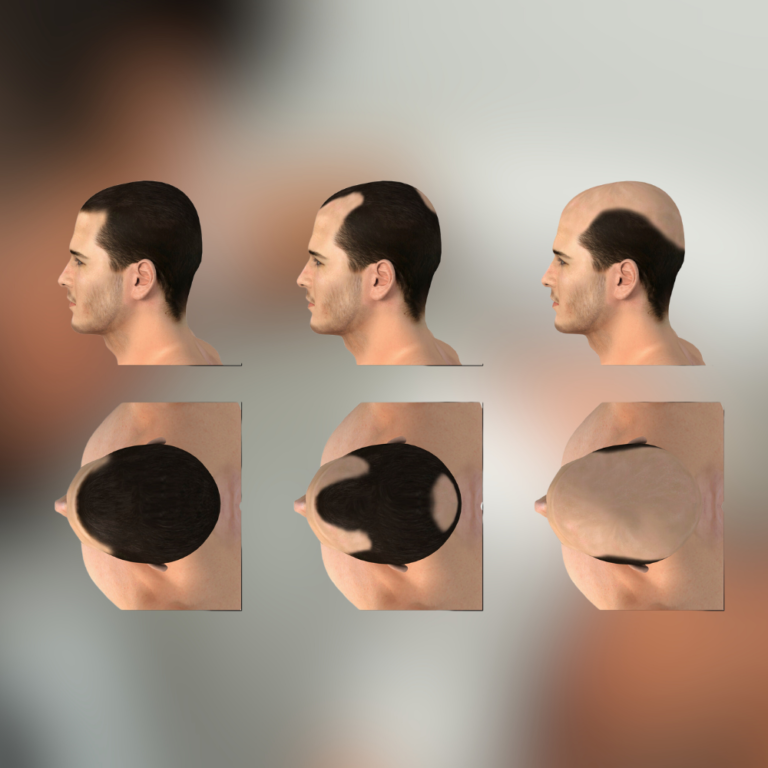Frequently Asked Questions
Direct Hair Implantation (DHI) is an advanced hair transplantation technique that is similar to the Follicular Unit Extraction (FUE) method but with some key differences. DHI is performed using a specialized tool called a Choi Implanter Pen, which allows for precise and controlled placement of hair follicles directly into the recipient area without the need for creating incisions beforehand.
Yes, the hair in the donor area that is removed for a hair transplant will typically grow back. In both the Follicular Unit Transplantation (FUT) and Follicular Unit Extraction (FUE) methods, only a portion of the hair follicles in the donor area are extracted, leaving a significant portion of the hair intact. These remaining hair follicles in the donor area continue to grow and cover the area, so the overall appearance of the donor area is not significantly affected.
Hair transplant procedures are typically performed under local anesthesia, which means the patient is awake but the areas being treated are numbed to prevent pain. During the procedure, patients might feel some sensations, such as pressure or mild discomfort, but they should not experience significant pain.
The duration of a hair transplant surgery can vary widely based on several factors, including the technique used (DHI or FUE), the extent of the balding or thinning areas, and the number of grafts being transplanted. It’s important to note that the duration of the surgery is not the only consideration. The quality of the transplant, the precision of graft placement, and the overall care taken during the procedure are crucial for the success of the transplant. Additionally, patients are usually provided breaks during the surgery for comfort and to rest.
A good quality hair transplant is characterized by a natural appearance, proper density, minimal scarring, careful graft handling, experienced surgeons, advanced technology, thorough post-operative care, and realistic patient expectations.
Visible results from a hair transplant typically start to show after 3 to 6 months, with significant improvements seen between 8 to 12 months post-surgery.


